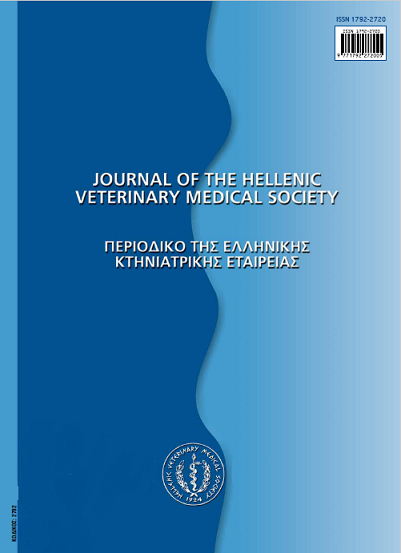Significance of selected biochemical markers in predicting the outcome of schistosomiasis

Abstract
This study aimed to correlate the histopathological changes in mice liver with alterations either in liver tissue antioxidants enzymes (catalase and reduced glutathione (GSH)), oxidative stress marker (malondialdehyde (MDA)) or in serum liver function parameters (Alanine aminotransferase (ALT), aspartate aminotransferase (AST), total protein (T.P.) and albumin) to predict the outcome of schistosomiasis. Fourty male Swiss albino mice were used in this study and infected with Schistosoma mansoni for 2, 4, 6 and 8 weeks (8 mice for each group), while, the uninfected mice were used as negative control. Liver tissue antioxidants enzymes, oxidative stress marker and serum liver function parameters were determined in coincide with the liver tissue histopathological changes. All selected biochemical makers showed a strong significant positive correlation (p < 0.05) with liver histopathology score except serum albumin and liver tissue catalase enzyme. The last two parameters exhibited negative correlation with liver histopathology score. These results revealed that the more increase in the level of AST, ALT, T.P. and globulin in serum or liver tissue MDA and GSH indicating severs histopathological changed into the affected liver and hopeless prognosis is expected. On contrary, the increase in albumin level in serum or catalase level in liver tissue of affected patient/animal demonstrating mild liver histopathological changes. Subsequently, good prognosis and response to anti-schistosomal treatment will be predictable. This study opens the way to predict the outcome of schistosomiasis through easy and rapid biochemical test. Therefore, other studies are required to apply such correlation with other biochemical parameters especially that synthesized into the liver.
Article Details
- How to Cite
-
SHIMAA, A. B., EL-SAYED, S. A., & RIZK, M. A. (2018). Significance of selected biochemical markers in predicting the outcome of schistosomiasis. Journal of the Hellenic Veterinary Medical Society, 69(1), 739–748. https://doi.org/10.12681/jhvms.16397
- Issue
- Vol. 69 No. 1 (2018)
- Section
- Research Articles

This work is licensed under a Creative Commons Attribution-NonCommercial 4.0 International License.
Authors who publish with this journal agree to the following terms:
· Authors retain copyright and grant the journal right of first publication with the work simultaneously licensed under a Creative Commons Attribution Non-Commercial License that allows others to share the work with an acknowledgement of the work's authorship and initial publication in this journal.
· Authors are able to enter into separate, additional contractual arrangements for the non-exclusive distribution of the journal's published version of the work (e.g. post it to an institutional repository or publish it in a book), with an acknowledgement of its initial publication in this journal.
· Authors are permitted and encouraged to post their work online (preferably in institutional repositories or on their website) prior to and during the submission process, as it can lead to productive exchanges, as well as earlier and greater citation of published work.


